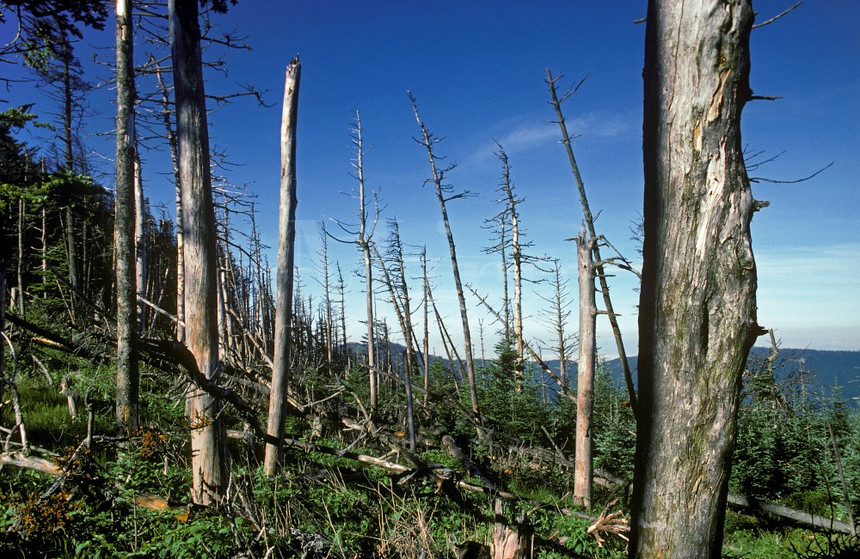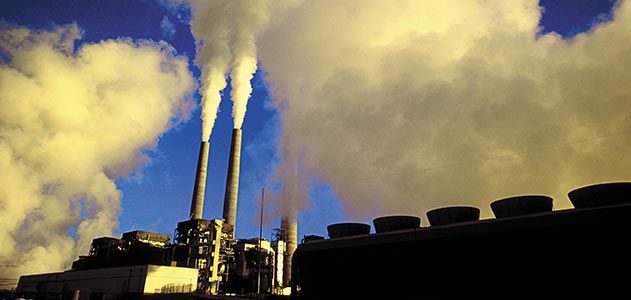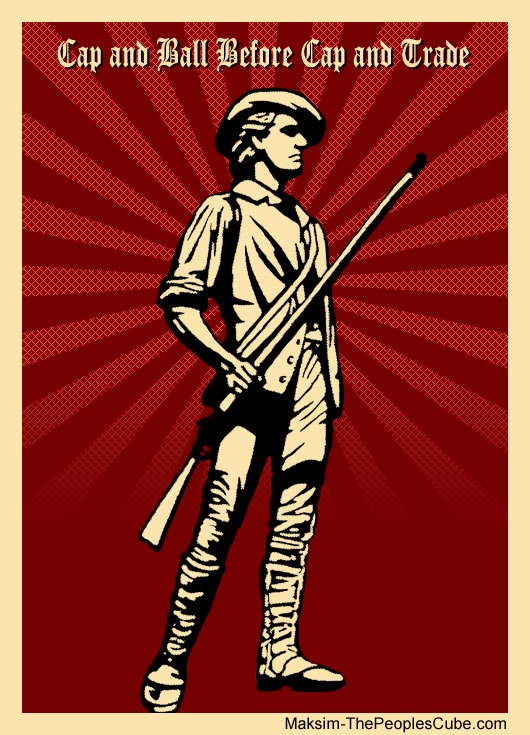A brief overview of Cap and Trade’s political history.
Back in the 70’s, long before sustainability became synonymous with survival, people who sought to champion environmental causes endured a lot of stigma. Remember the old stereotypes regarding godless hippie Communist tree-huggers? Well, a lot of these folks graduated from college to become movers and shakers who began advocating the policies that now comprise Cap and Trade.
Today, Cap and Trade promises a bright future as a carrot-and-stick policy whose industry-wide methods put the squeeze on greenhouse gas emissions (GHG’s). Cap-and-trade companies that don’t pollute excessively, earn economic incentives by accumulating and selling their surplus carbon emissions credits.
Alternatively, refineries and power plants that exceed their regulatory quotas for GHG’s, have to bid for and buy surplus allowances, incurring financial penalties. States that institute this policy receive a percentage of each transaction to bolster annual budgets with billions in fresh revenue. States promote Cap and Trade to their populations, touting its financial windfall whose greenbacks fund green technologies, alternate energy sources, and programs aimed at cleaner air.
An unlikely mix of environmentalists and free-market conservatives created the policy we call Cap and Trade.
 Cap and trade got its start in 80’s when politicians, bureaucrats, and conservation advocates sought to reverse massive damage caused by acid rain. Free-market Republicans in the Reagan White House joined forces with renegade environmentalists, forming a bipartisan alliance that hammered out a politically acceptable way to slow climate change.
Cap and trade got its start in 80’s when politicians, bureaucrats, and conservation advocates sought to reverse massive damage caused by acid rain. Free-market Republicans in the Reagan White House joined forces with renegade environmentalists, forming a bipartisan alliance that hammered out a politically acceptable way to slow climate change.
Acid rain was wilting forests, poisoning lakes and jeopardizing their ecosystems. Additionally the stuff sped up the decay and damage of buildings, sculptures, and statues, while causing numerous health problems. Rain that ruined property values and killed biospheres had become the cause célèbre of politicians and environmentalists alike.
“Emissions trading” emerged as a policy whose wide scope placed regulatory reform directly under the control of the American marketplace. Despite hot debate, our bipartisan alliance saw the system of emissions trading adopted into national law under the Clean Air Act of 1990.
Emissions trading linked pollution production directly to corporate cash supplies and grew into a success story championed by the green movement, as well as free-market conservatives.
Carbon emissions generated controversy and lawsuits throughout the 80’s, inspiring dozens of congressional bills to propose restrictions on the release of GHG’s, whose sulfur dioxide pollutants caused acid rain. Public outrage had reached a real tipping point by the latter part of the decade. In fact, people still prefer acid wash applied to their jeans, not to their homes, heritage or natural habitats.
George Bush Senior took office in 1988, and soon made good on some his campaign promise to become the “environmental president” who would fix the acid rain disaster. The Bush administration adopted a strategy whose political might ushered in legislation that took emissions trading from referendum to national law.
Cap-and-trade policies skip the strong arm tactics and reach for corporate wallets.

Cap and Trade is real progress but we need to quit fossil fuels for sustainable, green technologies.
Regulatory agencies don’t tell Cap-and-trade companies how to clean up their act. They simply impose caps on emissions. Each entity begins the year with so many tons of pollution allowed. Companies then choose how to allocate their allowances.
They can lower output, buy scrubbers to cut emissions, or switch to a cleaner fuel. Companies that don’t spend their allowances can sell off surplus credits for a profit. However the available pool of credits shrinks annually, driving up costs for plants and refineries that don’t invest in efficient alternatives.
“Almost 20 years since the signing of the Clean Air Act of 1990, the cap-and-trade system continues to let polluters figure out the least expensive way to reduce their acid rain emissions. As a result, the law costs utilities just $3 billion annually, not $25 billion, according to a recent study in the Journal of Environmental Management; by cutting acid rain in half, it also generates an estimated $122 billion a year in benefits from avoided death and illness, healthier lakes and forests, and improved visibility on the Eastern Seaboard. (Better relations with Canada? Priceless.)”
Will Cap and Trade find success in reducing global warming emissions?
It’s too early to say, but European companies have adopted America’s cap-and-trade template to resolve their own air pollution issues, administering the output of more than 10,000 large industrial plants.
The U.S. will soon form cap-and-trade alliances with Canadian states and Australia, exporting emissions trading across vast global regions. South Korea and Mexico are developing similar initiatives to reduce emissions and may eventually seek partnerships with America.
Cap-and-trade policies continue to win proponents who favor instituting free-market alternatives to the bother and bureaucracy of strict government oversight. Corporations play by the rules in a system that appeals to their need to make a buck, rewarding those who show better performance.
U.S. Green Chamber of Commerce admits Cap and Trade won’t solve all our problems, but it’s a big step in the right direction. Controversy will continue to follow this program, especially while Californians begin to form opinions for a program still in its infancy. A lot of folks have already declared these reforms a failure and that smarts a little. Declaring opposition to cleaner air and free-market compliance seems kind of UN-American.
Imagine this: tree-huggers, Republicans, Democrats, capitalists, bureaucrats, and hippies have administered a positive compromise dedicated to industry-wide reforms. When a diverse bunch of passionate advocates comes together to fight for a healthier planet, we see more than hope for a sustainable future where humans and fellow species still have room to roam.
Related articles
California Cap and Trade: Conservation, Coahntroversy, and Big Money (Jay F. Nelson, usgreenchamber.com)
New EPA project: Cap-and-trade simulator (hotair.com)
Northeast Carbon Emissions Dropping 23% a Year, Cap-and-Trade Successful (sustainablebusiness.com)









